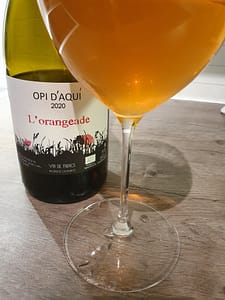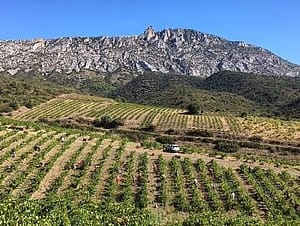Egget (The Egg) didn’t come first, only around a year ago. But it managed to bring new concepts to the already varied gastronomic scene in Stavanger, a Norwegian town with more than its fair share of cafés and restaurants. This is mainly because the country’s most important culinary educational institutions have been located here. Add to this the nearness to the oil industry and university students from across the country, and I think you are beginning to get the big picture.
What is special then? The obvious features are the facts that the responsibles at Egget don’t have written menus, nor wine lists – and they don’t take bookings. Other than this they seem to have a rather holistic approach, and I doubt they have fixed prices for every dish or every wine.
But maybe the most important: I can’t think of any other restaurant in the area with extremely high ambitions in wine and food, without being formal and pricy. One of Egget’s nearest neighbours just up the street, the first one outside Oslo to receive a Michelin star, can exemplify this. (No offence, that one is excellent too, but more “formal-normal”.)

Left to right: Diego Gimeno, Roy Klausen, Benoît Berthail (not present that day: head-chef Anthony Orjollet, creator of most of the dishes)
This time I visited at late lunch-time with a friend. And when we sat down at a table of our choice the relaxing reggae music was turned down to a perfect level. We shared tapa-sized dishes throughout the meal. Our waiter, Ben, made it clear that it was squid day, as the food is always based on today’s catch, and the squid was especially good that day. So along came squid in its own ink, in a salad – and a dish that looked like a chocolate cake, but it was in fact a risotto that included squid with ink as well. There was a ceviche of cod, and a hot dish made with skate (you know that fish that looks like a kite in the water), fermented carrots, grilled milk-marinated lamb… The ingredients and techniques are taken from anywhere in the world, but quality and creativity are common denominators.
The wines are what I like to call natural wines; you know, artisan, low-intervention, organic wines, even without added sulphur, and they are without exception served by the glass. For me Egget is a place I go to get surprised. Sometimes I want to discuss a few options with the waiter, but most often he will suggest a wine, and I will say “ok”. And what to serve with the wines? Well, the kitchen is absolutely free to chose. The food is always superb, often with a creative twist, and with the wines they serve here it has never struck me that the food and the wine didn’t match.

When you enter the place, you notice oak barrels from Rioja producer Muga in their yard. But you better look upon them as tables, as the wines served are neither oaky nor old-fashioned (and with all respect, Muga is not in the avant-garde of Spanish wine any more, if they ever were).
The first wine this time was the white Amphibolite Nature 2015 from producer Joseph Landron in Loire’s Muscadet de Sèvre-et-Maine. Landron disposes of 45 hectars with varying soil. Amphibolite is the name of the stones that can be found in this particular vineyard, containing magnesium and iron silicate. When the mélon de Bourgogne vines are rooted deep in this soil it can transmit very mineral character to the wine. The wine was slender, citrusy, mineral and structured.
Next was a light red grenache-based wine, Cuvée Romanissa 2014 from Domaine Matassa, on the French side of Catalunya. The grapes are grown in schistous soils rich in iron, and it’s very luscious and fresh, with aromas of red berries and herbs.

We were also offered the Flotsam & Jetsam Cinsault 2015, from Hemelrand (Alheit Vineyards) in South Africa’s Darling region. Also light coloured, this one had more roundness, and a sensation of sweetness from the cinsault grapes. Strawberry is maybe the dominant aroma, but it showed some spiciness too.
Éric Texier’s Chat Fou (Crazy Cat) is a long time favourite, now in the 2014 vintage. This time we ended with this lovely unfiltered Côtes du Rhône, with its blend of 50% grenache, the rest a mix of four other Rhône grapes, including the white marsanne and rousanne. It was the darkest wine of the lunch, but still deliciouis, luscious summer drinking – yet concentrated and with a hint of spices. Éric isn’t one who uses many tricks to make his wines darker, fatter, more tannic… On the contrary his minimal intervention philosophy seems to maintain a perfect balance in his wines.
 You never know what is coming out…
You never know what is coming out…
This was a few days ago, when everyone was preparing for Norway’s national day. I bet many people were crowding up on that day too. Lucky the ones who managed to get one of the 5 or 6 tables. New surprises. Hooray!






















